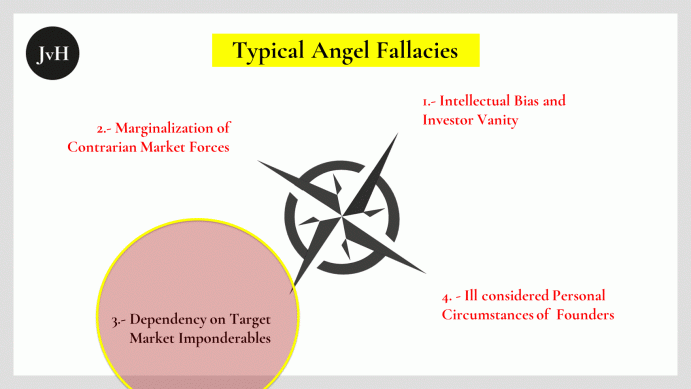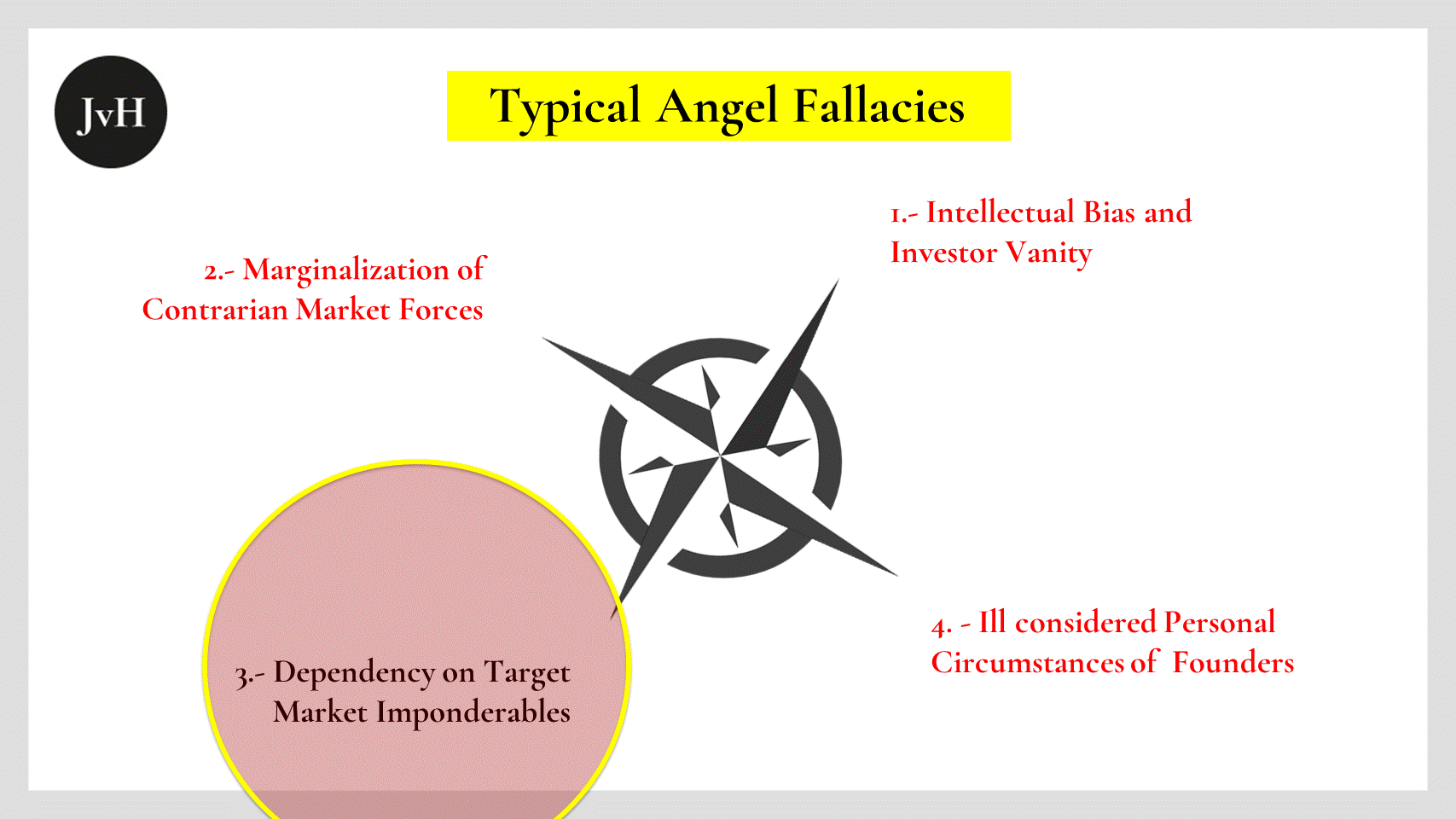“So, who are your competitors?” Within the start-up ecosystem, this hyper trivial question is asking for a routine answer. It is one of those questions that usually does not raise any serious worry among start-ups asking for money. But it should. Because these standard responses follow a pattern which can be easily anticipated and usually is astoundingly poor.
Variant 1: “Well actually, we don’t have any – luckily. We are first movers, first in market. Which is great because demand is so huge.”
Variant 2: “Well there are a few, but you don’t need to take them all that serious: Competitor x really does not offer the breadth/depth of our product/ service line, competitor y does not really understand their/our customers’ demands and competitor z is technically at least two years behind. They might have a nice front-end but that’s it… .”
Variant 3: ”You find the table of our competitors and their product/service features on page x of our deck. There you also see where they are missing out as compared to our product/ our service.”
| “Our Competitors” | Feature 1 | Feature 2 | Feature 3 | Feature 4 | Feature 5 | Feature n |
| “us” |
√ |
√ |
√ |
√ |
√ |
√ |
| Competitor a |
√ |
x |
x |
√ |
x |
… |
| Competitor b |
x |
√ |
√ |
x |
x |
… |
| Competitor c |
x |
x |
√ |
√ |
√ |
… |
| Competitor n |
… |
… |
… |
… |
… |
… |
This table usually takes a matrix shape as shown above, enlisting the features of the products/ services offered by the start-up against the somewhat deficient scope of features offered by the competition.
Each of the three, fairly representative instances mentioned above are faulty in their own ways. Assuming that what the decks states is actually true, these mistakes have one common ground: they ignore what their future clients have actually spent their money on so far and why they have done so.
The founder in variant 1 neglects that there was money available and spent for alternative products/ services, i.e. substitutes before this “disruptive” start-up appeared on the landscape. There is a distinct likelihood that this mistake is compounded by another one, namely that this founder will claim a premium price in the top quartile of the market, because it is “so unique”.
Yet, to be able to drag a customer away from incumbent products or services, a start-up not only needs to be better than the incumbents but also move in similar price regions. Also, it is often stunning to hear a founder claim there was a huge demand for his product or service while this very founder also claims that nobody so far responded to this demand. How convincing is that? I would never buy such a claim.
Number 2 compares the start-up’s product/ service’s quality, technical sophistication, and customer centricity to that of (some?) competitors without paying much attention to the fact that, until now, the market did not appear to be missing the comparative advantages this start-up claims to offer.
Although the founders of this start-up at least acknowledge that competition does exist, their arguments against competitors merely rest on their own advantages and do not pay due respect to why money is actually spent on such products or services so far and until right now.
Similarly, in variant 3 the founder squarely compares merely those features of her own product/ service where she appears to be performing better than the competition. She ignores or discounts features, that other players may offer, her start-up however not and she happily accepts the implicit utter arbitrariness of this comparison in terms of the product features that matter to customers. There may be loads of other features that some competitors’ products/ services possess and others do not.
So, how does one go about appropriately assessing competition? I think the only reliable way to escape arbitrariness, bias, and start-up centricity is to interrogate the market, (before engaging in developing MVPs) i.e. the target groups that are supposed to buy my product or service.
This is not a very original answer, but guess what: Most start-ups shun the cost to ask their future customers and clients what they actually want. They believe they know already. Later on they find out, they pivot too late and hence burn their investors’ cash. I have seen too many decks where “the problem” is fictitious and merely serves the rhetorical purpose of staging the product.
Angel investors like myself love to fall into this trap because it is psychologically very difficult to reject a plausible argument that targets – some – competitors with their deficits. It is all the more difficult if you, the angel, like the start-up or the founders.


